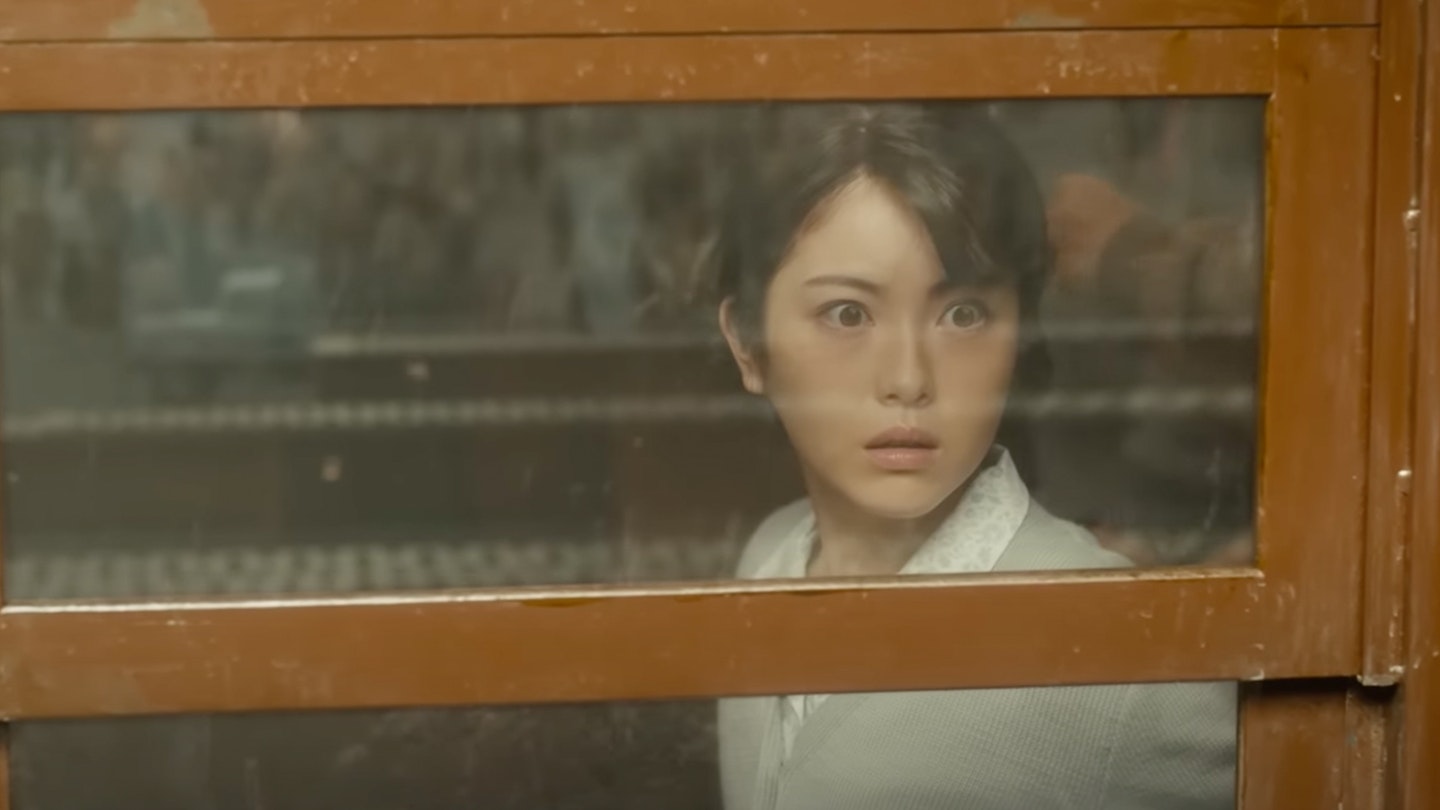Godzilla has been many things over his near 70-year history. Takashi Yamazaki’s Godzilla Minus One is nostalgic for the simpler times, when the character was a terrifying elemental force; it even rewinds back to his original post-war origins as a setting. It follows Koichi Shikishima (Ryunosuke Kamiki), a World War II kamikaze pilot who dodged his orders, escaping his grim duty by taking his plane for repairs. But he leaves the proverbial frying pan to find himself in the fire when Godzilla shows up at the island he landed on.

Perhaps in keeping with the negative value of its title, Godzilla Minus One wastes zero time in putting the giant atomic lizard on screen, flattening or chomping any poor fool who gets the idea that bullets might kill him. That early, tense appearance doesn’t diminish his impact for the rest of the film; rather, he hangs over Koichi’s head from the beginning, a reminder of his origins as a representation of the war’s psychological impact (and more specifically, the atom bomb).
It’s delightful to see a monster film that is equally as interested in creating a specific mood with its effects-work.
After that carnage, Yamazaki takes something of an elliptical approach to the narrative, jumping a year or two ahead. After his Godzilla encounter, Koichi returns home, and ends up accidentally building a found family with the homeless Noriko (Minami Hamabe) and the orphan she cares for, Akiko. Together, they try to survive as Godzilla creates a swathe of destruction through the still-recovering Tokyo — the set-design emphasising its precariousness, its spaces cluttered and isolated, the materials fragile.Amid those ruins, the dialogue often talks conspicuously around Japan’s own part in the war, but plays up a loss of faith in the government (“This country never changes... Perhaps it can’t,” one veteran muses), the civilians taking matters into their own hands not only to repair their neighbourhoods but even in defeating Godzilla. Its political commentary feels rote compared to the biting satire of Shin Godzilla, but Minus One’s human drama is emotionally engaging all the same.
Yamazaki’s background in visual-effects direction and 3DCG animated features like Lupin The Third: The First lends itself to his characterful portrayal of the monster himself (in fact, Yamazaki directs the VFX here too). The gnarly VFX work on big G is a scary halfway point between his classic design, with his more jagged appearance and bulging eyes, and dorsal fins and other embellishments that bring him closer in line with more modern takes on the character. Such details feel tactile — the scales look mean and jagged, like obsidian — so that when he chases after a boat, it almost looks like a more detailed, Jaws-style animatronic; in some moments it feels like watching miniatures. The rest of the effects-work feels similarly stylised, switching between terrifying realism and wild spectacle on a dime. As with Shin Godzilla before it, it’s delightful to see a monster film that is equally as interested in creating a specific mood with its effects-work — rather than just effects for effects’ sake.
